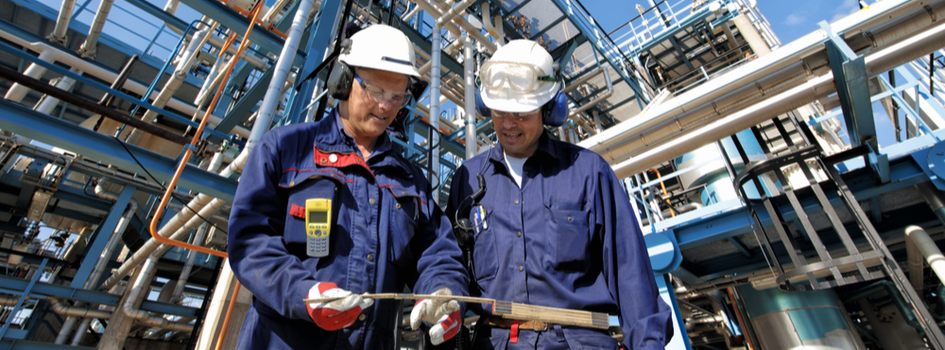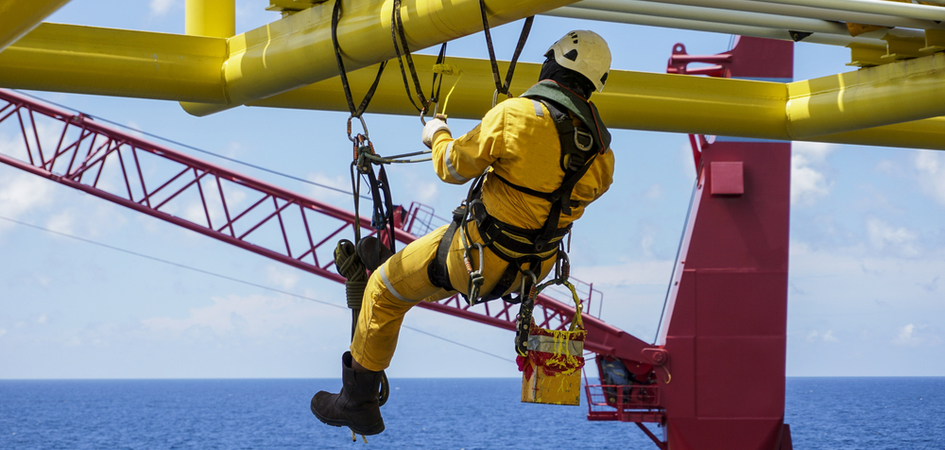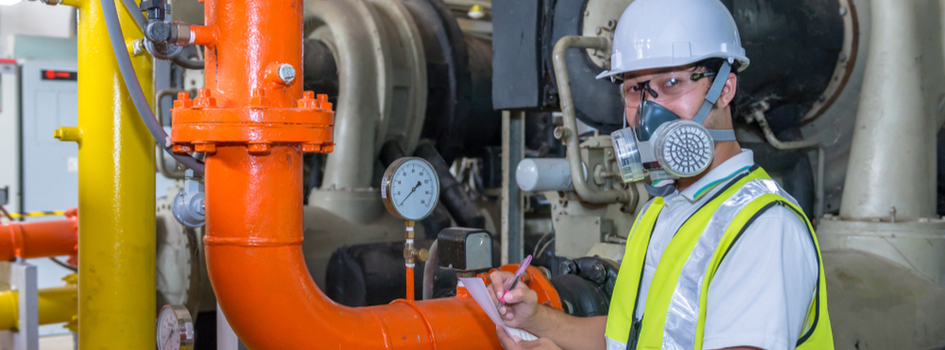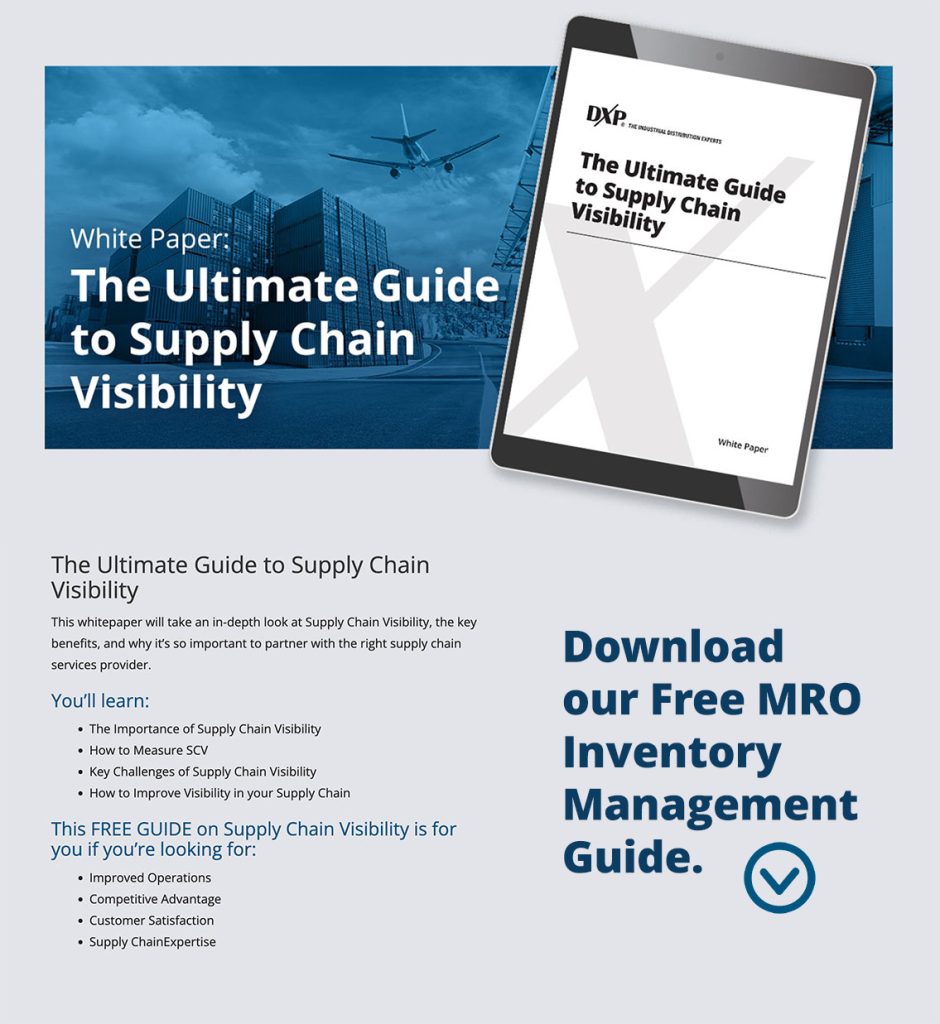
Top 8 Safety Services for the Oil and Gas Industry
Billions of people around the globe depend on oil and gas companies to provide them with fuel, as well as other commodities that are derived from these natural resources. While operating within the oil and gas industry can be incredibly rewarding, it is also quite hazardous due to the volatility of these substances.
Fortunately, many of the safety hazards in the oil and gas industry can be mitigated by taking a proactive approach. With that in mind, we have created this guide for oil and gas safety management.
Below, we highlight some of the biggest dangers facing individuals operating within this industry. In addition, we outline eight oil and gas safety training solutions that companies working in this industry should take advantage of.
How Dangerous Is the Oil and Gas Industry?
While there are many different perils that pose a risk to oil and gas safety, some of the most notable include:
- Explosions
- Fires
- Falls
- Exposure to hazardous materials
- Asphyxiation in confined spaces
- Entrapment caused by movement equipment
Organizations must implement stringent oil and gas safety standards to combat these dangers. In addition, they must ensure that their employees have access to essential safety equipment so that they can take prompt action in the event of a workplace incident.
The Importance of Safety in the Oil and Gas Industry
Failing to conduct oil and gas safety training can endanger employees. Due to the volatility of the oil and gas work environment, an on-site accident has the potential to cause great bodily harm or even death.
In addition, employers that do not adhere to oil and gas safety protocols can expose themselves to severe civil liability. That is why organizations operating within this sector must complete safety courses for the oil and gas industry.
Top 8 Oil and Gas Safety Courses and Services
In order to enhance health and safety in the oil and gas industry, we recommend taking advantage of the following courses and services:
1. Safety Advisors, Consultants, and Supervision
Partnering with a third-party oil and gas safety training consultant is a great way to ensure that your organization is in compliance with all applicable regulations.
These professionals can identify potential shortcomings in your current oil and gas safety standards. They can also assist you in remedying these concerns through employee training.
2. Gas Detection and Monitoring
Gas detection and monitoring equipment can promptly alert your staff of a possible leak or other environmental hazards. This equipment can give your team time to take action in order to prevent a catastrophic workplace accident.
3. Fall Protection
Fall protection products and services are designed to address severe fall hazards at your facility by installing railings or other devices. Modern fall protection oil and gas safety services can reduce the risk of workplace accidents when employees are working in elevated locations.

4. Fire Protection/Standby
Every oil and gas facility must have fire protection solutions in place. Your facility should also have resources on standby to combat any fire outbreaks in order to mitigate damages and protect employees.
5. Hazardous Material Handling
Hazardous material handling training courses teach your staff what to do if they are exposed to caustic or otherwise dangerous substances in the workplace. Prompt action in the event of hazardous materials exposure can reduce the severity of injuries and potentially save lives.
6. Confined Space Rescue
Oil and gas workers are frequently tasked with operating in confined spaces. While most of these activities are completed without incident, it is vital that your support staff knows what to do if an employee becomes trapped in a confined space. Individuals operating in tight work areas should partake in confined space rescue training.
7. Breathing Air Protection
Breathing air protection courses help employees identify hazards that may negatively affect the breathability of the air in your facility. This training also teaches them what to do if the air becomes contaminated.

8. On-Site Medical Standby
You can substantially reduce the risk of workplace injury by proactively addressing falls, fires, and other hazards. However, workplace injuries will occasionally occur despite your best efforts.
That is why you must have on-site medical services on standby. While these services are not designed to be a substitute for hospital-level care, they can be used to render immediate aid until injured persons are transported to a medical facility.
DXP Keeps Workers Safe with Oil and Gas Safety Training
As the premier safety experts in North America, DXP has the knowledge, experience, and resources necessary to help you protect your workers and operation.
We offer a broad range of services, including oil and gas health and safety courses. If you would like to learn more about our comprehensive oil and gas safety management solutions, contact DXP today.

